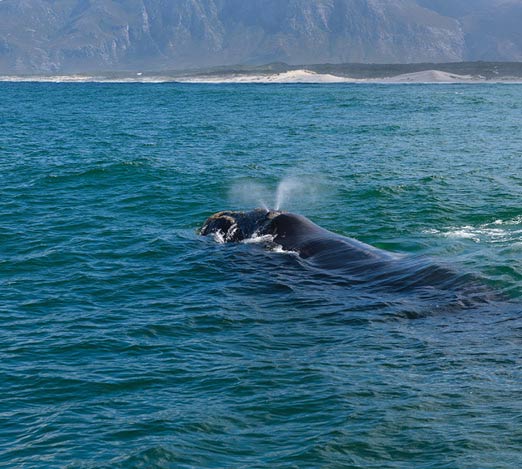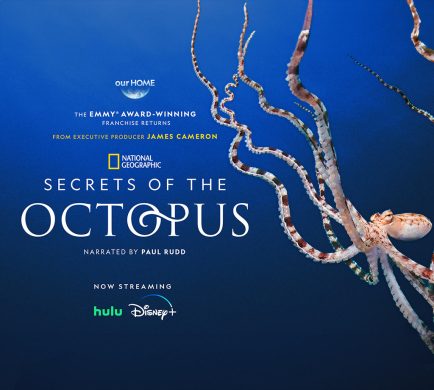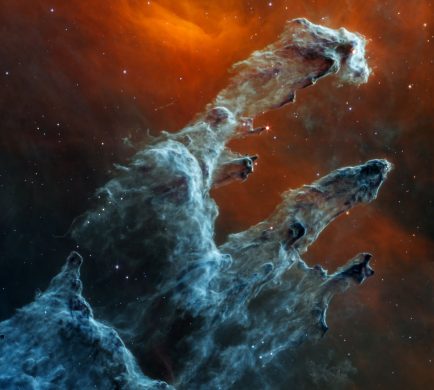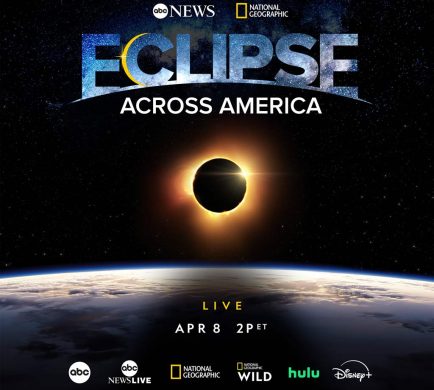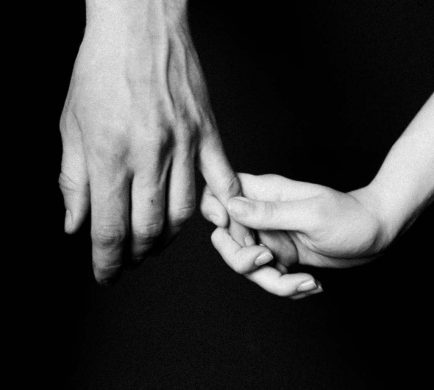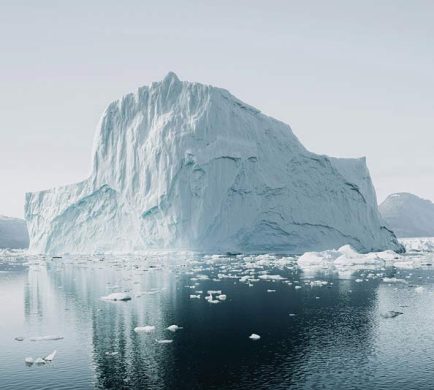The Problem
The North Atlantic right whale is a critically endangered whale. In the 1970s, with the first whale watches, there were estimated to be 350 right whales, and the population was growing. Then, in 2017, right whales took a turn for the worse. By 2020, the population had fallen to 338 right whales, with only 50-70 breeding females. We must now do more to protect and restore right whales.
Stellwagen Bank Sanctuary
In 1992, when there were about 370 right whales, the Stellwagen Bank National Marine Sanctuary was established under the auspices of the National Oceanic and Atmospheric Administration (NOAA). The first order of business was to establish its advisory council with selected individuals to represent conservation, education, research, recreational and commercial fishing, diving, whale watching, business, maritime heritage, and a youth seat. The council also included representatives from the Sanctuary’s government partners, including the Coast Guard, New England Fishery Management Council, NOAA’s National Marine Fisheries Service, and Massachusetts state agencies.
To protect whales in the Sanctuary, an agreement was made with the U.S. Coast Guard to increase air and sea patrols. Cooperative work with the National Marine Fisheries Service, conservation organizations, and the whale-watching industry led to the development of a set of whale-watching guidelines for the Northeast Region.
Whale Disentanglement Network
The Sanctuary established an emergency whale disentanglement network with the Center for Coastal Studies and other partners. To avoid entanglements, a Sanctuary researcher developed break-away lobster trap lines that sank between pots and earned a Ph.D.
Working with the U.S. Coast Guard and the International Maritime Organization, a mandatory ship reporting system (MSRS) was implemented in July 1999. All ships traveling through the northeast right whale critical habitat (which included the Sanctuary) were required to report their location, course, speed, and destination. In return, they received automated messages containing more specific information about whale sightings in the area and precautionary tactics, like changing course and speed, to avoid contact or collision with whales.
Ship Collision Avoidance System
At the Sanctuary’s urging, the Coast Guard developed a ship collision avoidance system called the Automatic Identification System (AIS). All ships over 300 gross tons were required to carry an AIS transponder and broadcast the ship’s position, course, and heading, as well as its ship particulars and cargo. This data was used to better understand ship traffic patterns and speeds concerning the distribution and abundance of whales to reduce collisions.
Sanctuary scientists worked with whale research organizations to compile 25 years of whale-watching data. Stellwagen Bank is a rectangular threshold, running north to south, between Massachusetts Bay and the Gulf of Maine. Surprisingly, whale sightings were not uniform across the bank but instead shaped more like a figure eight. Northwest ship traffic to Boston bisected the lower portion of the high-density whale area. Here was the greatest risk for deadly ship strikes of whales.
Changes to the Shipping Lane & Whale Alert App
By working closely with the shipping industry and other partners in NOAA, the Sanctuary’s proposal was to move the shipping channel 12 degrees more easterly to cross the Bank at a shorter distance where whales were less abundant, thus protecting whales from getting struck by ships. Approved in 2007, adjusting the shipping lane resulted in a 58% reduction in the risk of ship strikes for right whales and an 81% reduction for all baleen whales.
In 2008, in response to the proposed installation in Boston of two of the nation’s first offshore deepwater liquid natural gas (LNG) ports, the two LNG companies were required to install the world’s first automatic whale detection system. Ten “listening buoys” were located along
the shipping channel into Boston. Sounds picked up by the buoys were recorded and sent to Cornell’s Ornithology Laboratory to identify and confirm the presence of whales. A message was sent back to activate a 10-knot slow speed zone around the buoy, and a notice was sent to LNG ships to slow down.
Seasonal slow speed zones in the presence of right whales were set up by NOAA offshore of major East Coast ports from the whale breeding ground off Jacksonville, Florida, north to Boston. Sanctuary researchers used the Automatic Identification System (AIS) to analyze the tracks and speeds of all vessels and sent annual report cards to the companies as an incentive to protect whales.
In 2012, the Whale Alert app provided a clearinghouse of information for mariners on the location of whales. The “listening buoys” documented the return of some right whales to Massachusetts as early as January of that year.
Increasing Right Whale Population
By 2013, the right whale population had risen to 476. With an increasing population, some right whales left the Gulf of Maine for the larger Gulf of St. Lawrence. Right whale numbers went down when researchers reported fewer whales in their usual seasonal haunts until 2015 and 2016, when 40 to 45 right whales were found north of Nova Scotia and New Brunswick. Researchers have identified individual right whales based on patterns of bristled facial hair and callused skin called callosities. Examining photographs of the two sets of whales observed in Canadian waters during the two summers, researchers identified 74 individual whales. It is unknown whether different right whales came during different summers or if the survey area was too small to include all of the whales in one summer. What is known is that it’s very difficult to count whales in the rollicking sea.
In 2017, 100 right whales were counted in the Gulf of St. Lawrence. This might not have meant more right whales because efforts and the search area nearly doubled. That summer, I boarded a sailing ship in Corner Brook, Newfoundland, where locals were thrilled to see two right whales feeding in the Bay of Islands. I doubt these whales were counted, as they were outside of the survey area.
Unusual Mortality Event
We anchored for the night near the mouth of the bay in Lark Harbor. At sunset, a rainbow rose over the table-topped mountain. The next morning, clearing away from Newfoundland, a shipmate from Corner Brook told me a dead right whale had been found in Bottle Cove, which is on the outer side of the peninsula less than two miles West of Lark Harbor. Photos of the whale carcass revealed what looked like a gray 40 ft drysuit tossed across the rocks. It was only skin and blubber, empty of bones and internal organs. This whale had been examined many weeks earlier, floating dead on the other side of the Gulf of St. Lawrence, and had died of a ship strike off the coast of New Brunswick.
In 2012, the Whale Alert app provided a clearinghouse of information for mariners on the location of whales. The “listening buoys” documented the return of some right whales to Massachusetts as early as January of that year.
Increasing Right Whale Population
By 2013, the right whale population had risen to 476. With an increasing population, some right whales left the Gulf of Maine for the larger Gulf of St. Lawrence. Right whale numbers went down when researchers reported fewer whales in their usual seasonal haunts until 2015 and 2016, when 40 to 45 right whales were found north of Nova Scotia and New Brunswick. Researchers have identified individual right whales based on patterns of bristled facial hair and callused skin called callosities. Examining photographs of the two sets of whales observed in Canadian waters during the two summers, researchers identified 74 individual whales. It is unknown whether different right whales came during different summers or if the survey area was too small to include all of the whales in one summer. What is known is that it’s very difficult to count whales in the rollicking sea.
In 2017, 100 right whales were counted in the Gulf of St. Lawrence. This might not have meant more right whales because efforts and the search area nearly doubled. That summer, I boarded a sailing ship in Corner Brook, Newfoundland, where locals were thrilled to see two right whales feeding in the Bay of Islands. I doubt these whales were counted, as they were outside of the survey area.
Unusual Mortality Event
We anchored for the night near the mouth of the bay in Lark Harbor. At sunset, a rainbow rose over the table-topped mountain. The next morning, clearing away from Newfoundland, a shipmate from Corner Brook told me a dead right whale had been found in Bottle Cove, which is on the outer side of the peninsula less than two miles West of Lark Harbor. Photos of the whale carcass revealed what looked like a gray 40 ft drysuit tossed across the rocks. It was only skin and blubber, empty of bones and internal organs. This whale had been examined many weeks earlier, floating dead on the other side of the Gulf of St. Lawrence, and had died of a ship strike off the coast of New Brunswick.

